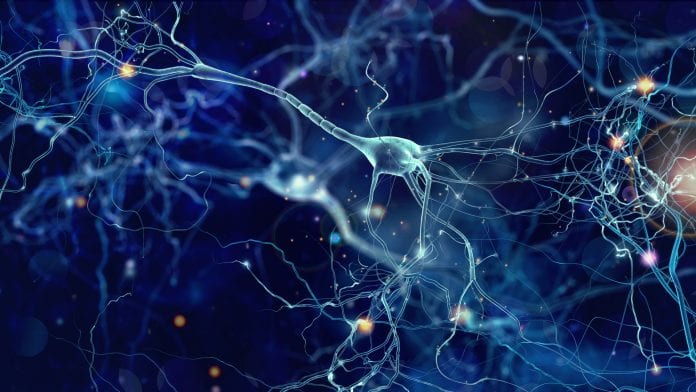
A team of researchers has suggested that a future therapeutic strategy could be aimed at controlling the function of glial cells to treat epilepsy.
In their research, scientists at Tohoku University and colleagues in Germany set out to understand the mechanisms which underlie the plastic change of forebrain circuits that are associated with the intensification of epilepsy. The work has revealed that astrocyte (a type of glial cell) alkalisation and ‘gap junction uncoupling’ underlies this process – suggesting that pharmacological intervention to control these cells could provide a future therapeutic strategy for fighting the disorder.
The findings have been published in the Journal of Neuroscience.
Epilepsy and plasticity
Epilepsy is a chronic disorder involving neuronal hyper-excitation and an intensification of seizures with each episode. However, the mechanism underlying this process was previously unknown. Around 30% of patients who develop the condition are resistant to treatment, and most of these treatments are aimed at suppressing hyperactivity.
The collaborative research group, led by Matsui, doctoral student Mariko Onodera, and researchers at Heinrich Heine University Düsseldorf, studied the plastic change of astrocytes associated with epileptogenesis (the process by which a normal brain develops epilepsy) in mice.
Non-neuronal glial cells – cells in the brain and spinal cord which do not produce electrical impulses but provide support and protection for neurons – occupy half of the human brain, and astrocytes are a type of star-shaped glial cell that are connected to each other via ‘gap junctions.’
Neuronal excitation – the production of electrical impulses from stimuli – leads to potassium extrusion from neurons, which is then picked up by the astrocytes and diluted in the astrocyte network. The researchers highlight that when astrocytes become uncoupled, potassium clearance becomes hindered, which can affect the neuronal signal processing.
Professor Ko Matsui of the Super-network Brain Physiology lab at Tohoku University, who led the research, said: “Astrocytes have a strong control over neuronal activity. Plasticity of the neuronal network underlies learning and memory, but apparently astrocyte function is also susceptible to plastic change.”
The team discovered that a first-time exposure to just a brief period of brain hyperactivity can result in an acute breakdown of the inter-cellular network of glial cells. By using acute hippocampal slices from mice, the team were able to show that brief periods of epileptiform activity result in gap junction uncoupling, which led to the impairment of prompt potassium clearance.
They demonstrated that the pharmacological blockade of the Na+/HCO3- co-transporter (NBC) suppressed the plastic change of the astrocyte network, and prevented intensification of epileptiform activity.
Matsui said: “Astrocytes play a crucial role in taking control of neuronal activity in healthy brains as well. Our research reveals the presence of glial plasticity and suggests a future therapeutic strategy can be aimed to control the glial function for treating disease.”






















